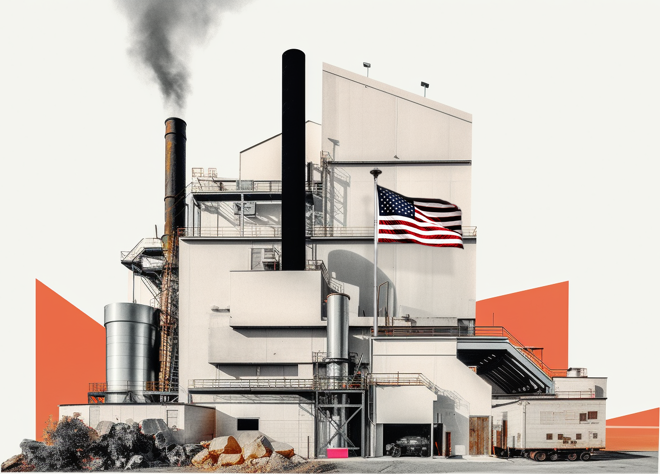Advertisement
Advertisement
US Producer Price Index Rose 0.2% in March, Less than Expected
By:
Key Points:
- PPI for final demand rises slightly by 0.2% in March.
- Final demand services grow by 0.3%, led by finance services.
- Final demand goods drop 0.1%, impacted by energy sector.
Producer Price Index Moderates in March
The U.S. Bureau of Labor Statistics reported a modest rise in the Producer Price Index (PPI) for final demand, marking a 0.2 percent increase in March. This follows a more substantial 0.6 percent rise in February and a 0.4 percent climb in January. Annually, the PPI advanced 2.1 percent, signaling the most significant 12-month gain since April 2023.
Services Sector Drives Index
A key contributor to the March PPI was the 0.3-percent increase in final demand services. This sector’s growth was spearheaded by a notable uptick in securities brokerage, dealing, investment advice, and related services, which surged by 3.1 percent. However, not all areas flourished; traveler accommodation services saw a decline of 3.8 percent.
Goods Sector Faces a Slight Decline
Contrasting the services sector, final demand goods edged down by 0.1 percent, influenced primarily by a 1.6 percent decrease in final demand energy. Gasoline prices notably dropped 3.6 percent. Despite this downturn, there were pockets of growth, such as a significant 10.7 percent jump in processed poultry prices.
Core PPI Remains Steady
Excluding the volatile sectors of food, energy, and trade services, the core PPI rose 0.2 percent in March, building upon a 0.3 percent rise in February. Over the last 12 months, this measure has increased by 2.8 percent.
Market Forecast
Considering the moderate rise in PPI and the steady growth in the core index, the market outlook remains cautiously optimistic. The services sector, particularly in finance and investment services, shows resilience, potentially offsetting the slight dip in goods, especially energy. Traders might anticipate a stable, if not bullish, trend in the short term, assuming no significant economic disruptions or policy shifts occur.
About the Author
James Hyerczykauthor
James Hyerczyk is a U.S. based seasoned technical analyst and educator with over 40 years of experience in market analysis and trading, specializing in chart patterns and price movement. He is the author of two books on technical analysis and has a background in both futures and stock markets.
Did you find this article useful?
Latest news and analysis
Advertisement
